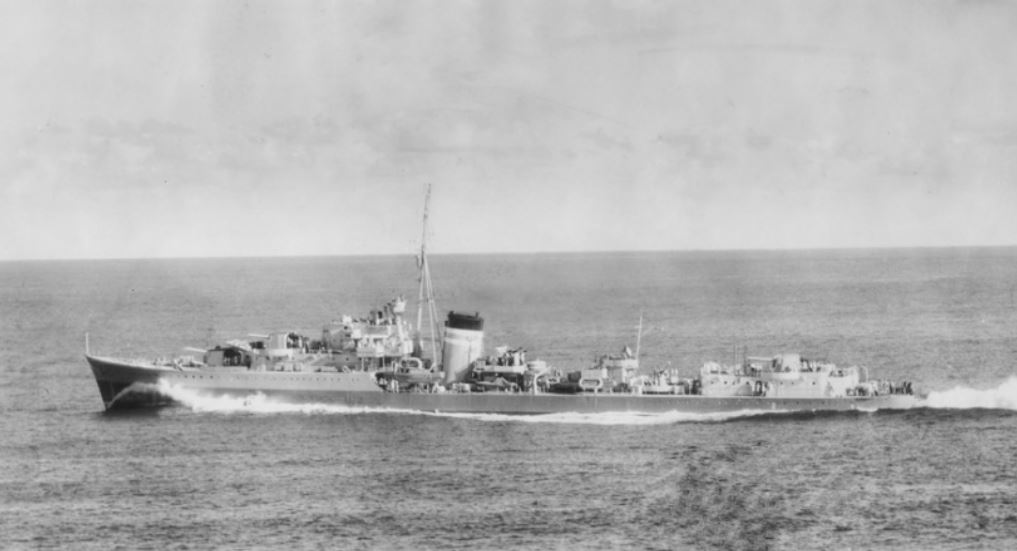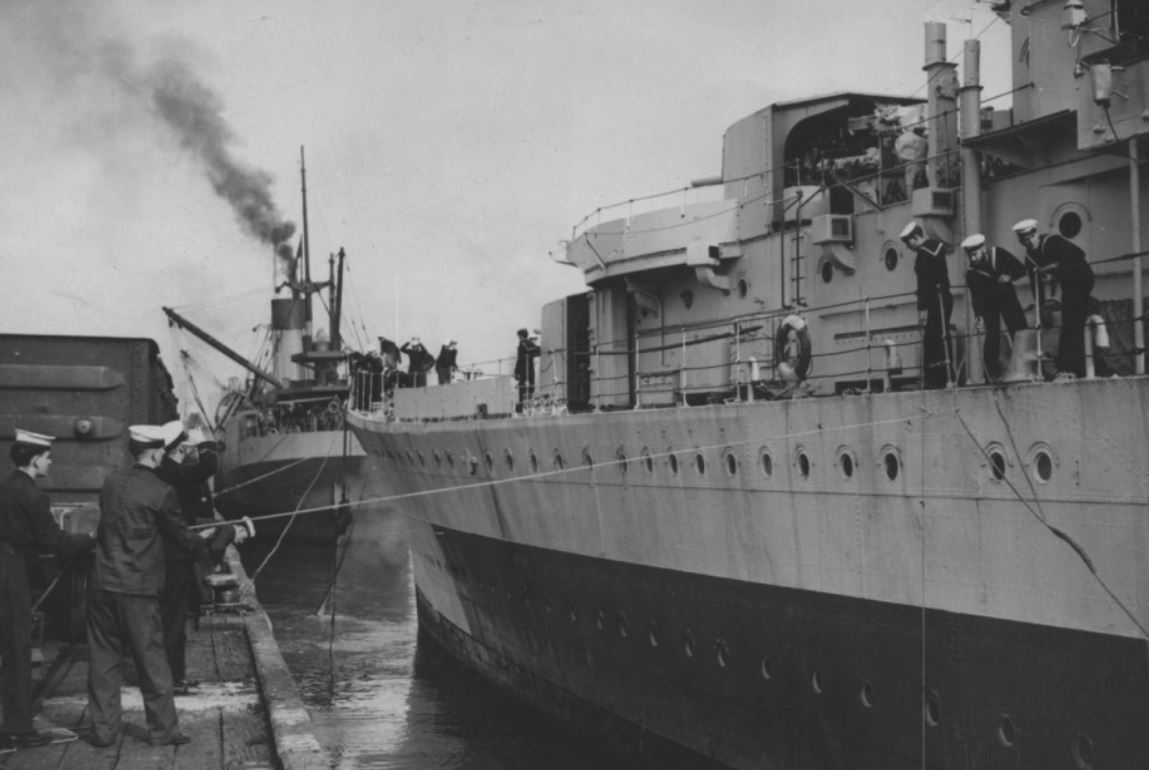HMAS Napier
From Our Contribution
Remarks
One of eight N Class destroyers built during 1939, five of which were operated by the RAN. Initial utilisation was as an escort for Atlantic convoys before being sent to the Mediterranean just prior to the withdrawl from Crete. She participated in the evacuation of Crete making two trips and sustaining major damage from bomb near misses. As a result she underwent a refit before becoming the lead ship of the 7th Flotilla.
During late 1941 Napier carried supplies to Tobruk while it was under seige by the Germans, and late assisted in the bombardment of Bardia in Libya. In January 1942 Napier shifted to the Indian Ocean and joined the Royal navy's Eastern Fleet to undertake escort duties, and patrols. In the later half of 1942 Napier was based at Kilindini in Kenya, but in early 1943 was back, based in Durban. 1943 was a repeat f 1942 with patrol;s in the Indian Ocean followed by time in the South Alantic and then back to Kilinsini. On 1 Jan 1944 Napier moved her base to Trincomalee in Sri Lanka and operated primarily in Indian waters before being a part of the screen for US and British Aircraft carriers that launched an attack on Japanese ports at Sabang in Sumatra and then Surabaya in Java. On 27 Jul 1944 she returned to Fremantle, followed by a long refit in Melbourne.
In October she returned to Trincomalee and in Decembe was busy bombarding Japanese positions on the Mayer Peninsular. In January her focus changed to Burma in particular the capture of Akyab Island and the silencing of shore batteries at Ramree Island. In April she was operating north of New Guinea (Manus Island) before participating in the screen for carriers involved in attacks on the Philippines and the Japanese mainland. Napier was present in Tokyo Bay on 30 August 1945, present for the formal Japanese surrender, and then returned to Sydney where she reverted to British Navy control in October 1945.
Armament Guns
- 6 x 4.7-inch guns
- 1 x 2-pounder 4 barrel Pom Pom
- 1 x 40mm Bofors
- & 2 x .5-inch machine guns
Torpedoes
- 10 x 21-inch torpedo tubes (2 pentad mounts)
Battle Honours
Crew Members
- Ian Stuart MacLean 1 Nov 1942 - 26 Oct 1944

